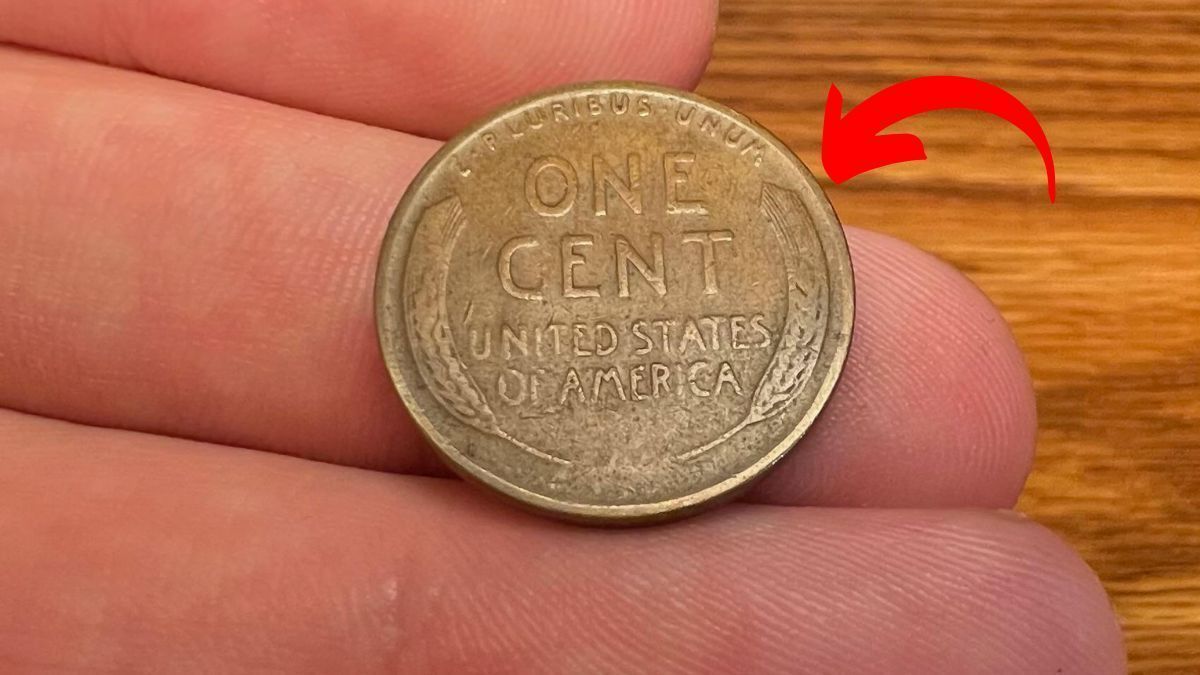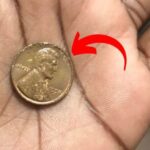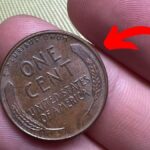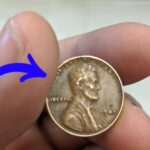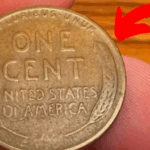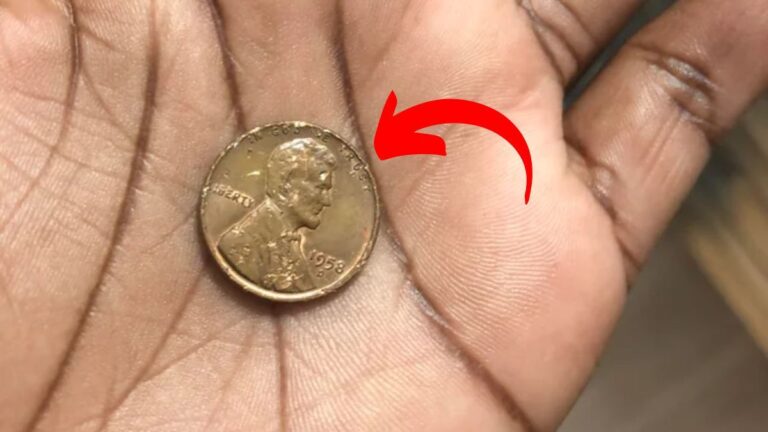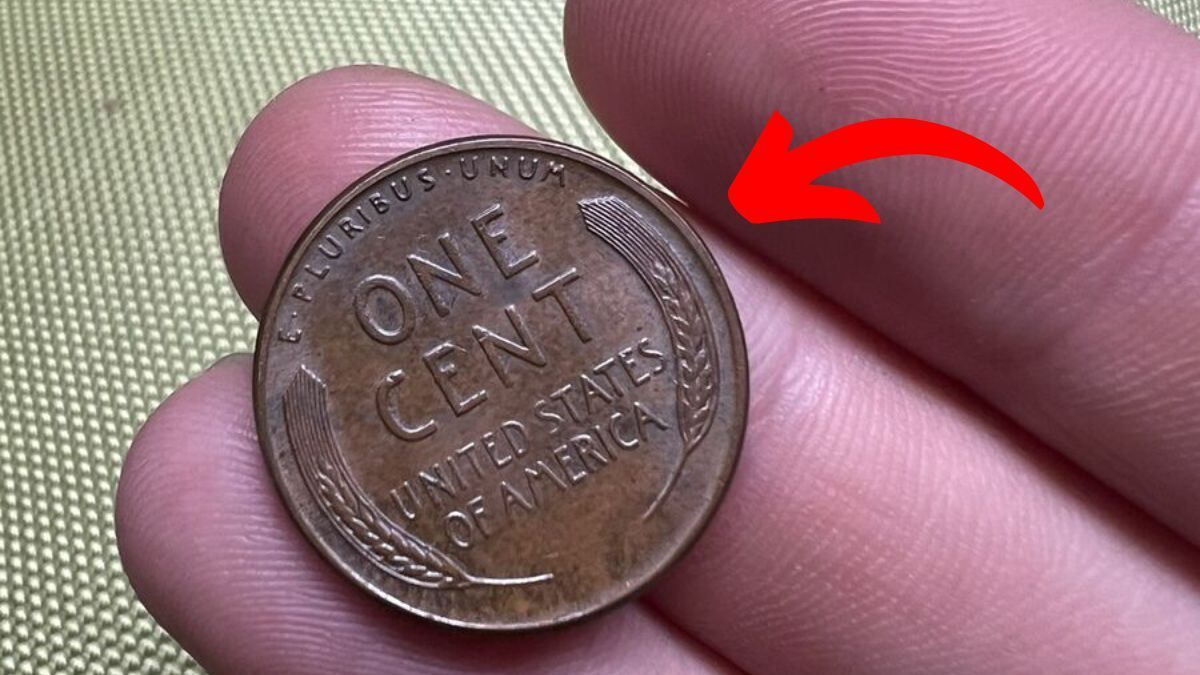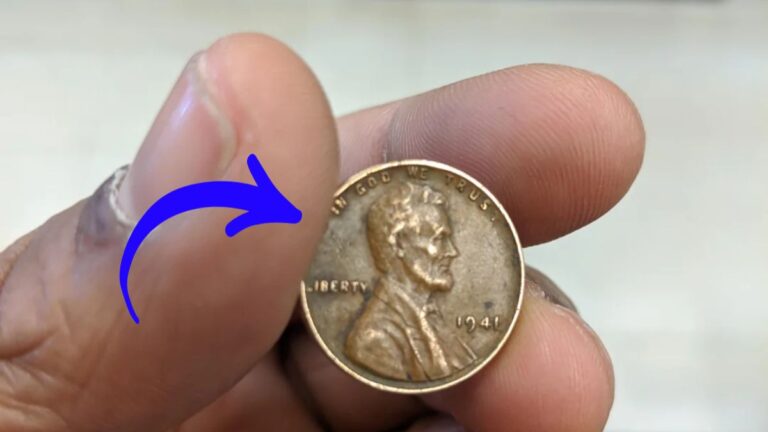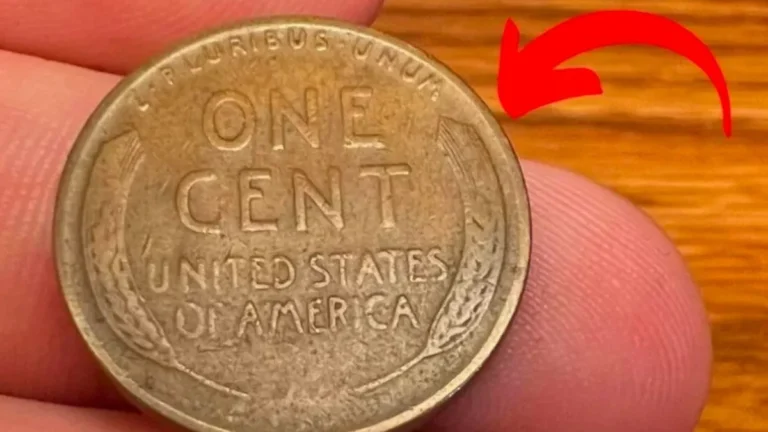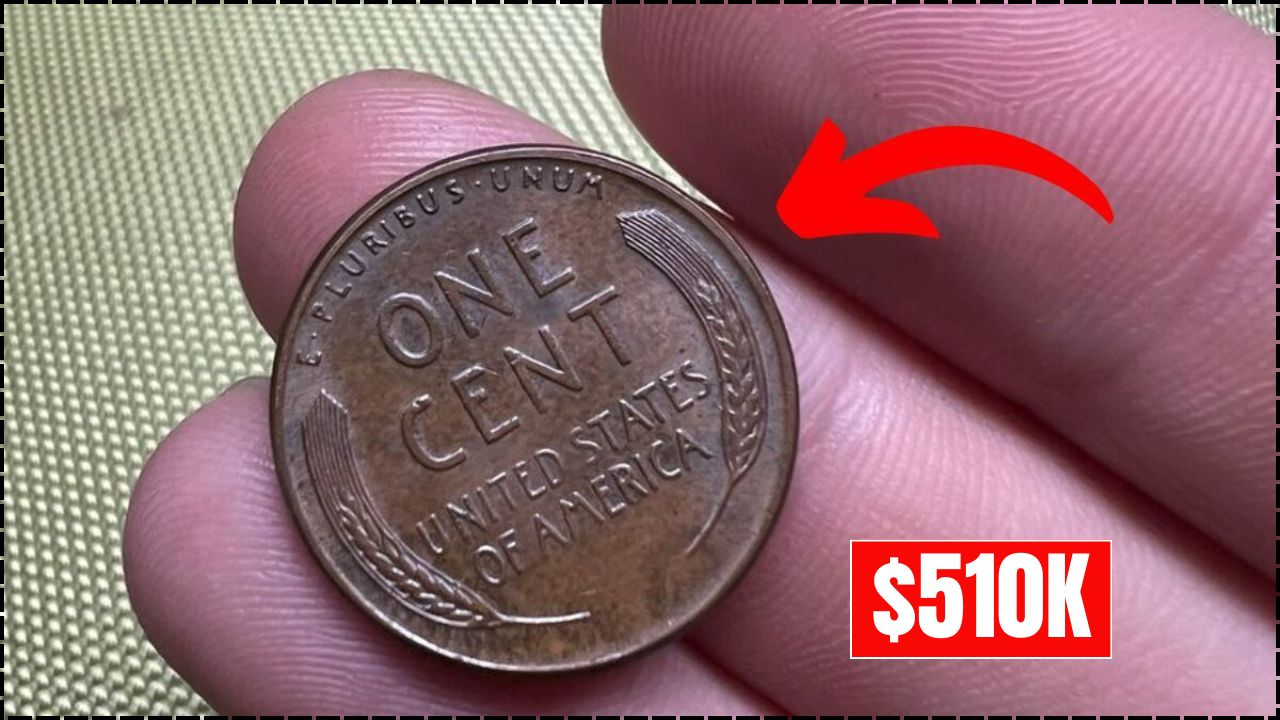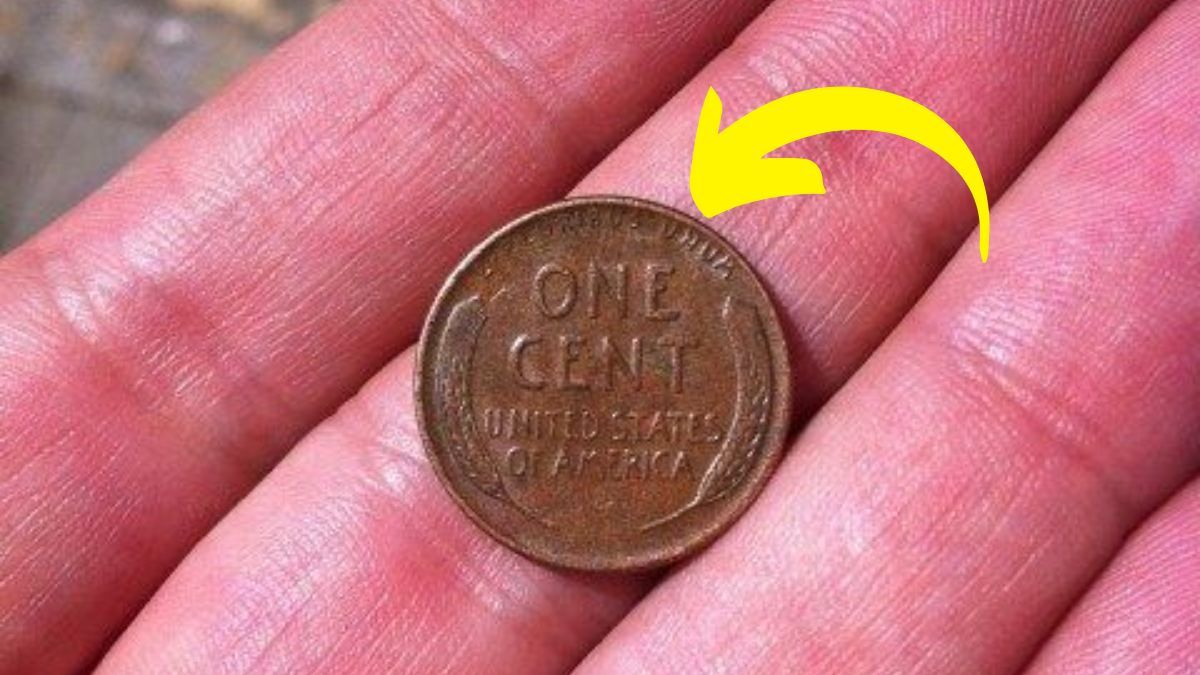Lincoln Wheat Penny Valued at $2.4 Million: Have you ever wondered if ordinary coins in your possession could be worth a fortune? While it may sound like a fantasy, some rare pennies truly can be worth thousands or even millions of dollars. One such legendary coin is the 1943 copper Lincoln Wheat Penny, which has sparked widespread treasure hunts across America. Stories circulate online about these pennies being valued at $2.4 million, leading many people to dig through their coin jars with renewed interest. Although the $2.4 million figure is an exaggeration, the truth about these rare pennies is still fascinating enough to capture anyone’s imagination. These precious coins might still be in circulation today, possibly hiding in someone’s pocket change or forgotten collection, waiting to be discovered by a lucky individual.
The Birth of an American Icon
The Lincoln Wheat Penny first entered circulation in 1909 as part of the celebration of President Abraham Lincoln’s 100th birthday. This coin marked a significant moment in American numismatic history as it became the first circulating U.S. currency to feature the portrait of an actual American person rather than symbolic figures. Designed by sculptor Victor David Brenner, the penny showcased Lincoln’s dignified profile on the front, while the reverse side displayed two stalks of wheat, symbolizing America’s agricultural prosperity and heritage. These distinctive wheat stalks gave the coin its popular nickname. For nearly five decades, from 1909 to 1958, these pennies were a common sight in American commerce before the design was eventually replaced with the Lincoln Memorial reverse that many are familiar with today.
A Wartime Mistake Creates a Treasure
The extraordinary value of certain 1943 Lincoln Wheat Pennies stems from a fascinating wartime error. During World War II, copper became a critical strategic metal needed for military equipment, ammunition casings, and communication wires. To conserve this essential resource for the war effort, the U.S. Mint switched to producing pennies made of zinc-coated steel in 1943. However, in the transition process, a small number of copper planchets (blank metal discs ready for striking) from 1942 were accidentally left in the machinery. These copper blanks were mistakenly struck with the 1943 dies, creating a small batch of copper pennies that were never meant to exist. With fewer than 20 authentic specimens known to exist today, these accidental copper pennies from 1943 have become some of the most coveted error coins in American history.
The True Value of These Rare Coins
While online articles and clickbait headlines often claim valuations as high as $2.4 million for these rare pennies, the documented auction prices tell a more accurate story. The highest verified sale of a 1943 copper penny occurred in 2010 when a pristine specimen sold for $1.7 million to a coin dealer in New Jersey. Other examples of this rare penny have sold at auction for prices ranging from $200,000 to $336,000, depending on their condition and mint origin. The rarest variation, the 1943-D copper penny (produced at the Denver Mint), is believed to be worth over $1 million, with only one known example in existence. While these figures fall short of the sensational $2.4 million claim, they still represent extraordinary values for a one-cent coin, potentially providing a life-changing windfall for anyone lucky enough to discover one.
How to Identify a Valuable Lincoln Wheat Penny
If you’re hoping to discover a valuable penny in your collection, there are several key features to look for. First, check the reverse side for the distinctive wheat stalk design, which confirms it’s a Lincoln Wheat Penny produced between 1909 and 1958. Next, pay special attention to the date – the 1943 copper penny is the most valuable, though other years like 1909-S VDB, 1914-D, and 1922 Plain are also highly sought after. For the legendary 1943 penny specifically, examine the color carefully; the rare copper version will have a distinctive brownish hue rather than the silvery appearance of the common steel cents from that year. A simple test involves using a magnet – steel pennies will stick to a magnet, while the valuable copper versions will not show any magnetic attraction.
The Importance of Weight and Authenticity
Weight provides another crucial clue when identifying a potentially valuable 1943 penny. An authentic copper Lincoln cent weighs approximately 3.11 grams, while the steel version from the same year weighs about 2.7 grams. This noticeable difference in weight can help distinguish between the common steel pennies and the rare copper ones. However, because of the high values associated with these coins, counterfeits are unfortunately common. Some of the most frequent deceptions include copper-plating ordinary 1943 steel pennies or altering the dates on 1945 or 1948 pennies to make them appear to be from 1943. Due to these widespread counterfeiting efforts, professional authentication is essential before making any purchase or celebrating a potential discovery. Reputable grading services like Professional Coin Grading Service (PCGS) or Numismatic Guaranty Corporation (NGC) can verify authenticity.
Real-Life Discovery Stories Keep Hope Alive
What makes the story of the 1943 copper penny particularly captivating are the occasional tales of genuine discoveries. Over the decades, several authenticated specimens have been found in remarkable circumstances. One famous discovery involved a high school student who found a copper 1943 penny in his cafeteria change. Another was discovered decades later in a roll of coins obtained from a bank. These real-life stories fuel the imagination and keep collectors and non-collectors alike searching through their change and old coin collections. While the odds of finding one of these rare treasures are admittedly slim, the possibility, however remote, that a life-changing discovery could be made from examining ordinary pocket change adds an element of excitement to this numismatic treasure hunt.
More Than Monetary Value
Beyond their extraordinary financial worth, these rare pennies represent tangible connections to a pivotal period in American history. Each Lincoln Wheat Penny passed through countless hands during some of the nation’s most significant eras – from the Great Depression to World War II and into the post-war economic boom. The 1943 copper penny in particular embodies America’s complete mobilization during wartime, when even the metal composition of everyday coins was altered to support the war effort. For many collectors, this historical significance and the story behind the coin’s creation are just as valuable as its monetary worth. These small copper discs serve as miniature time capsules, linking modern collectors to the shared sacrifices and experiences of previous generations.
The Continued Appeal of Coin Collecting
The allure of potentially valuable coins like the 1943 copper penny highlights the enduring appeal of numismatics as both a hobby and a potential investment. Coin collecting combines elements of history, art appreciation, treasure hunting, and financial opportunity in a unique way that few other pursuits can match. Even for those who never discover a rare coin worth thousands, the process of learning about and searching for these treasures can be rewarding in itself. Many serious collectors began their journey after hearing about valuable coins like the 1943 copper penny and becoming curious about what might be hiding in their spare change. Whether motivated by potential profit or genuine interest in history and design, coin collecting continues to attract new enthusiasts inspired by stories of remarkable discoveries.
Disclaimer
This article is provided for informational purposes only. While efforts have been made to ensure accuracy, coin values fluctuate based on market conditions, individual specimen quality, and authentication status. The $2.4 million valuation mentioned represents unverified claims rather than documented sales. Actual auction prices for authentic 1943 copper pennies have ranged from $200,000 to $1.7 million depending on condition and mint mark. Readers should be aware that numerous counterfeit coins exist in the marketplace, including copper-plated steel cents and altered dates designed to mimic valuable rarities. Professional authentication is essential before making any significant purchasing decisions or claims about a coin’s value. Remember that improper cleaning or handling of coins can dramatically reduce their collector value. If you believe you’ve found a rare coin, consult with reputable numismatic experts for proper evaluation and guidance.
